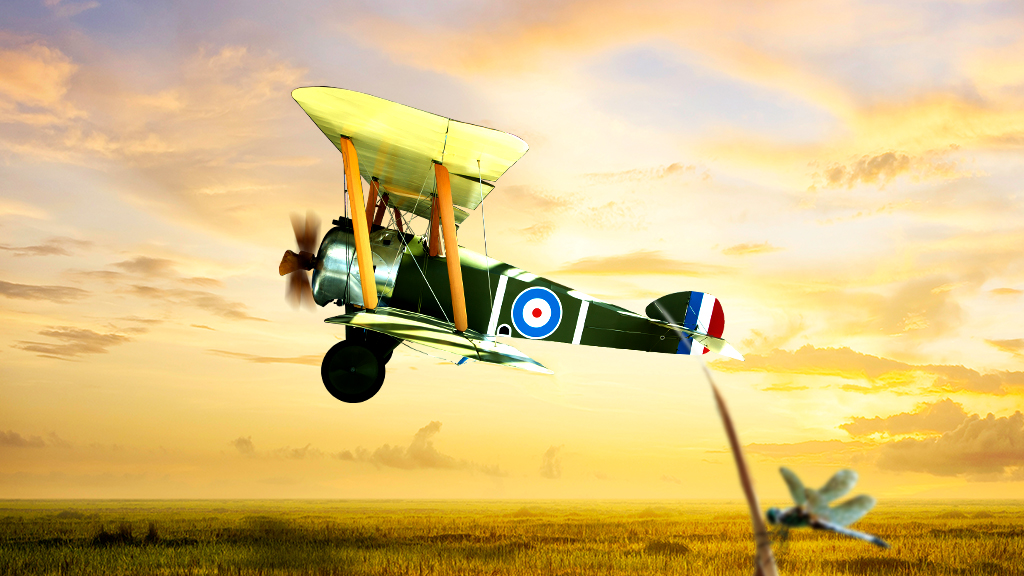Things that are obvious so easily mislead us. That came home to me when I picked up a used book: Jim Winchester’s The World’s Worst Aircraft. I’ve seen at least two other books with similar titles. Anyone who’s studied the history of flight will think of bad airplanes beyond the 150 in this book.
Then I noticed that almost ten percent of his bad airplanes had three or more wings. Why should such rarities loom so large? Well, adding wings is an obvious way to solve to a problem. Early engines had very low power for their weight. Airplanes needed a lot of lift, and extra wings seemed to be the answer. Most of our first airplanes were biplanes.
We had better engines by WW-I. Fokker’s first fighter-scout plane was his single-winged Eindecker. But WW-I planes had to turn on a dime in combat. They needed low turning inertia; and two short wings provided it. Biplanes were soon the norm.
Now: If two was better than one, then shouldn’t three be better than two, and so on? Designers forgot that airfoils speed the air-flow over the top and slow it below. The wing above fights the wing below. And we must stack extra wings more closely. Triplanes also needed more bracing, which meant more drag.
The Sopwith Company built a triplane anyway. It did well in combat; but needed too much maintenance. The British soon replaced it with the easier-upkeep Sopwith Camel (Snoopy’s bi-plane). The Germans had seen the triplane, however. Fokker quickly built his version— the Red Baron’s famed triplane. Legend says it was a great fighter. In fact, it suffered structural failures. It was very hard to handle. It climbed slowly. Most German pilots hated it. And the Red Baron scored only a quarter of his kills in his. Then he died in it. The Germans built only 320 triplanes, then discontinued it.
But the legend grew. Any number of builders tried four-winged quadruplanes. Every one flopped. Fokker even built a five-winged aeroplane. It barely got off the ground. The idea that more wings are better lingered. The 9-winged Caprioni seaplane crash-landed and broke up on its second take-off test. Wikipedia lists 26 such planes— all failures.
So what does nature tell us here? We can forget a few insects with tandem wings. Reynold’s number similarity says that, for tiny flying creatures, flying is like swimming in a semi-viscous fluid. What we need to notice is that all birds are monoplanes.
Multiple-winged airplanes was one more idea that seemed so obvious. We clung to it long after its flaws slapped our wrists many times. And this is just one such idea among so many. We keep building flying automobiles, ornithopters, flying jetpacks, and many-winged airplanes. Every one can be made to work. Yet each warns us, again and again, that it is not effective. If we engineers believe that something ought to work, we don’t let go. Tenacity has value, no doubt. But tenacity also leads us into so many strange dead ends.
References
J. Winchester, The World’s Worst Aircraft, (NY Metro Books, 2007).
See the Wikipedia articles on Multiplane (aeronautics) and Wing Configuration. Wikipedia also tells the strange story of 9-winged (3 tandem triplane wings) Caprioni Ca.60 — one of the more bizarre multi-wing failures. It is matched by the Fokker V.8 which had 5 wings in a 3-2 tandem arrangement.



